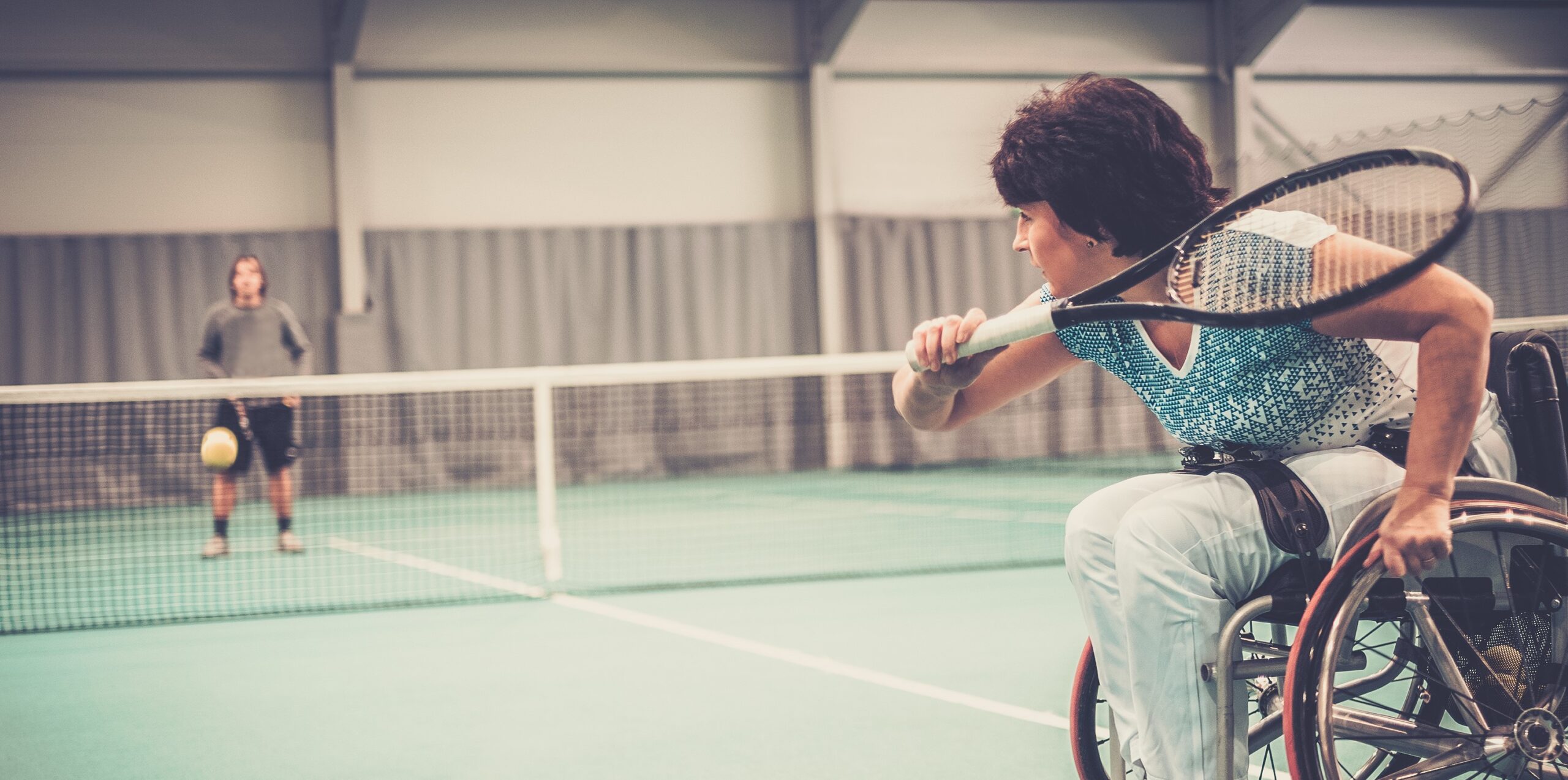Participating in sports is an excellent way to keep your body and mind active and healthy, providing many physical, social and mental benefits like enhanced emotional support, boosted self-esteem, and improved cardiovascular health and sleep.
But without appropriate considerations and adaptations, some sports can be challenging for people with various abilities to take part in and experience the positive benefits. Luckily, with the right adaptations, everyone can reap these important benefits.
Here are some of the most inclusive and accessible sports to try out:
1. Cycling
Cycling is a low-impact activity that’s great for people with joint pain or certain injuries. It’s also an excellent way to breathe in fresh air while getting some vitamin D-boosting sunlight. Here are a couple of ways that cycling can be adapted to accommodate people of all abilities:
Tandem bicycling
Tandem (two-person) bicycling is ideal for people who are blind or have visual impairments. A sighted rider can sit in the front to steer and communicate what’s ahead of them to a rider with a visual impairment who sits in the back and helps pedal.
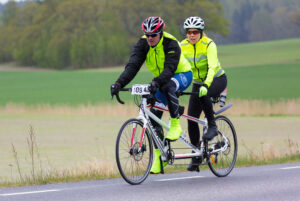
If you’re interested in tandem bicycling, it’s important to ride with someone who has safe riding habits, strong communication skills and similar endurance levels. To find a partner, consider joining a bicycling club near you or asking a friend or family member.
Handcycling
Handcycling is a lot like conventional bicycling except you use your hands to pedal. It’s ideal for people whose disability limits the use of their legs or anyone who just wants to try a new sport. This inclusive activity allows people with disabilities to ride alongside family members and friends who ride conventional bicycles.
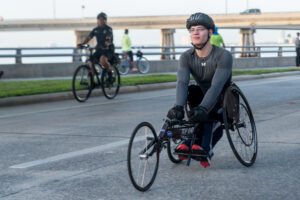
Regardless of what type of cycling you decide to try, it’s important to put your safety first by wearing a helmet, using a bell to warn pedestrians and other riders that you’re approaching, and using bike lights when riding at night.
2. Boccia
Boccia is a game of control, focus and accuracy similar to lawn bowling. This accessible sport was initially created for people with cerebral palsy but is now played by people of all abilities.
Played one-on-one, in pairs or in teams of three on an indoor court, the objective of boccia is to throw, roll, kick or use a ramp to get leather balls as close as possible to a white target ball (the “jack”). The player, pair or team with the most balls close to the jack wins.
3. Wheelchair tennis
Created in 1976, wheelchair tennis is one of the world’s fastest growing wheelchair sports. Like conventional tennis, players hit a ball with a racquet back and forth over a net in the middle of a court, with the goal of hitting the ball into your opponent’s half of the court so they can’t return it.
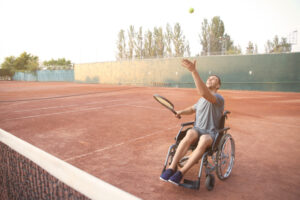
Wheelchair tennis has the same rules as traditional tennis with some exceptions. For example, the ball is allowed to bounce twice before a player hits it back.
To play this accessible sport, you typically need adapted wheelchairs with cambered (angled) wheels. You can play singles, doubles, or up-down doubles (one wheelchair user and one standing player on each side), making it perfect for playing with family members and friends of all abilities.
4. Goalball
Goalball is an accessible sport designed specifically for people with visual impairments. The aim of the game is to throw a ball (the “goalball”) using a bowling motion into the opposing team’s net while players on the opposing team attempt to block the ball using their bodies.
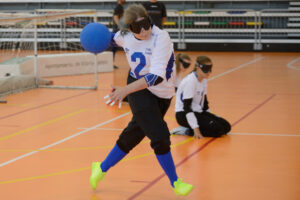
Throughout the game, players of all abilities wear opaque eyeshades and remain on their hands and knees. The goalball has bells inside it so players can locate the ball by sound, and the court has tactile markings (usually string taped to the floor) that players can feel using their hands and feet to orient themselves.
5. Wheelchair basketball
Wheelchair basketball is played on a standard basketball court and has most of the same rules and scoring as conventional basketball. Participants typically play on wheelchairs that have large, cambered (angled) wheels to provide better side-to-side stability and to make it easier to turn the hand rims. You can try out this accessible sport in your everyday wheelchair to get a sense of the game before getting one.
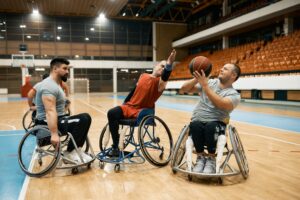
The sports described above are just some examples of highly inclusive and accessible sports that individuals with different abilities can enjoy. With the right sport, everyone can enjoy the many benefits of physical activity and an active lifestyle. For more information about accessible sports, check with your local community or recreation centre, or search online for a local club that offers these sports.

